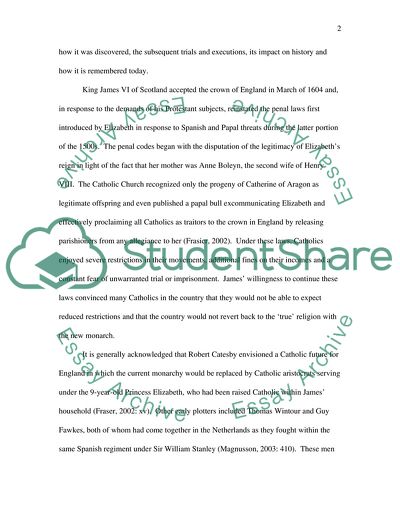Cite this document
(The Gunpowder Plot Essay Example | Topics and Well Written Essays - 1750 words, n.d.)
The Gunpowder Plot Essay Example | Topics and Well Written Essays - 1750 words. https://studentshare.org/history/1711558-the-gunpowder-plot
The Gunpowder Plot Essay Example | Topics and Well Written Essays - 1750 words. https://studentshare.org/history/1711558-the-gunpowder-plot
(The Gunpowder Plot Essay Example | Topics and Well Written Essays - 1750 Words)
The Gunpowder Plot Essay Example | Topics and Well Written Essays - 1750 Words. https://studentshare.org/history/1711558-the-gunpowder-plot.
The Gunpowder Plot Essay Example | Topics and Well Written Essays - 1750 Words. https://studentshare.org/history/1711558-the-gunpowder-plot.
“The Gunpowder Plot Essay Example | Topics and Well Written Essays - 1750 Words”. https://studentshare.org/history/1711558-the-gunpowder-plot.


